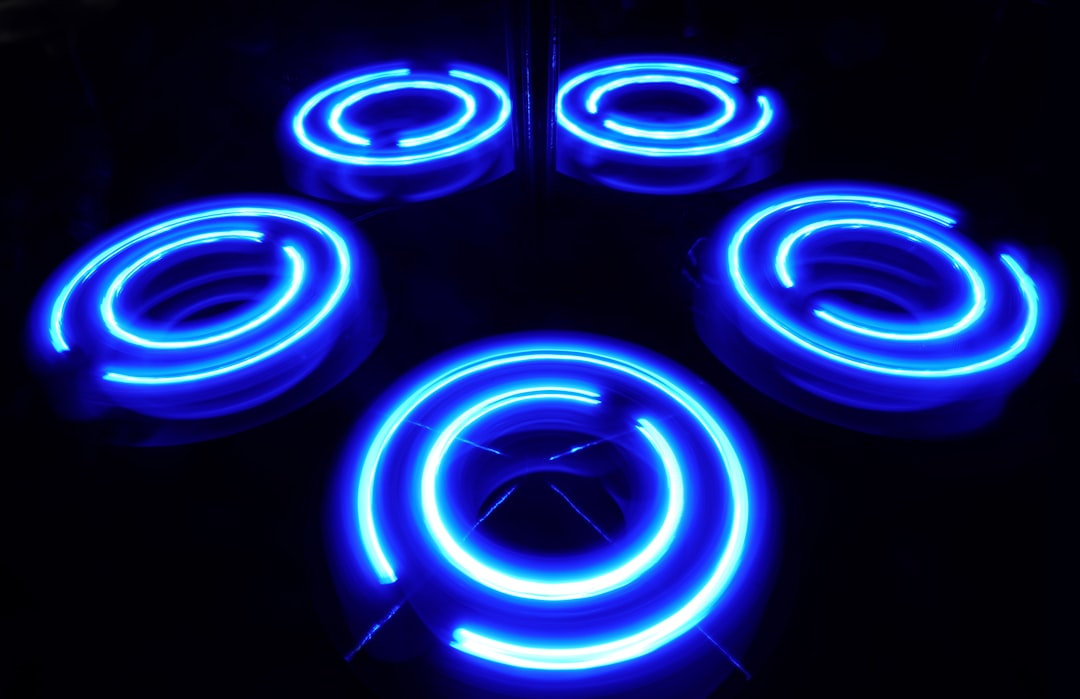What is it about?
We have synthesized aqueous solutions of polymer nanoparticles (26nm radius) whose structure changes when a chemical (thiophenol) is added. The nanoparticles are initially solid spheres (micelles), but transition to much larger (56nm radius) hollow nanoparticles (vesicles). At the same time the particles also switch from being brightly fluorescent to being non-fluorescent (due to alteration of the dithiomaleimide fluorophore), so the structural change is detectable by fluorescence measurements.
Featured Image
Why is it important?
The study of nanoparticles that can change their structures in response to a chemical or physical stimulus is a huge and exciting field, as these materials have been proposed to be ideal for targeted delivery of drugs to specific areas within the body (eg tumors). However it is often difficult to detect these structural changes within the body (as opposed to in the test tube). This work shows that structural changes can be coupled to changes in fluorescence, which is easier to measure in tissue.
Read the Original
This page is a summary of: Dual effect of thiol addition on fluorescent polymeric micelles: ON-to-OFF emissive switch and morphology transition, Chemical Communications, January 2014, Royal Society of Chemistry,
DOI: 10.1039/c4cc04713c.
You can read the full text:
Resources
First report of dithiomaleimide fluorescence
We demonstrated the utility of the fluorophore by labeling both synthetic polymers and proteins.
Exploring the power of the dithiomaleimide fluorophore
In this paper we demonstrated the great labeling properties of DTM for cell imaging.
Simple fluorescent and pro-fluorescent monomers
Using the dithiomaleimide fluorophore to make polymers light up.
Nanoscale bright beacons
Super-bright, super-simple DTM containing nanoparticle contrast agents for biological imaging.
Contributors
The following have contributed to this page










